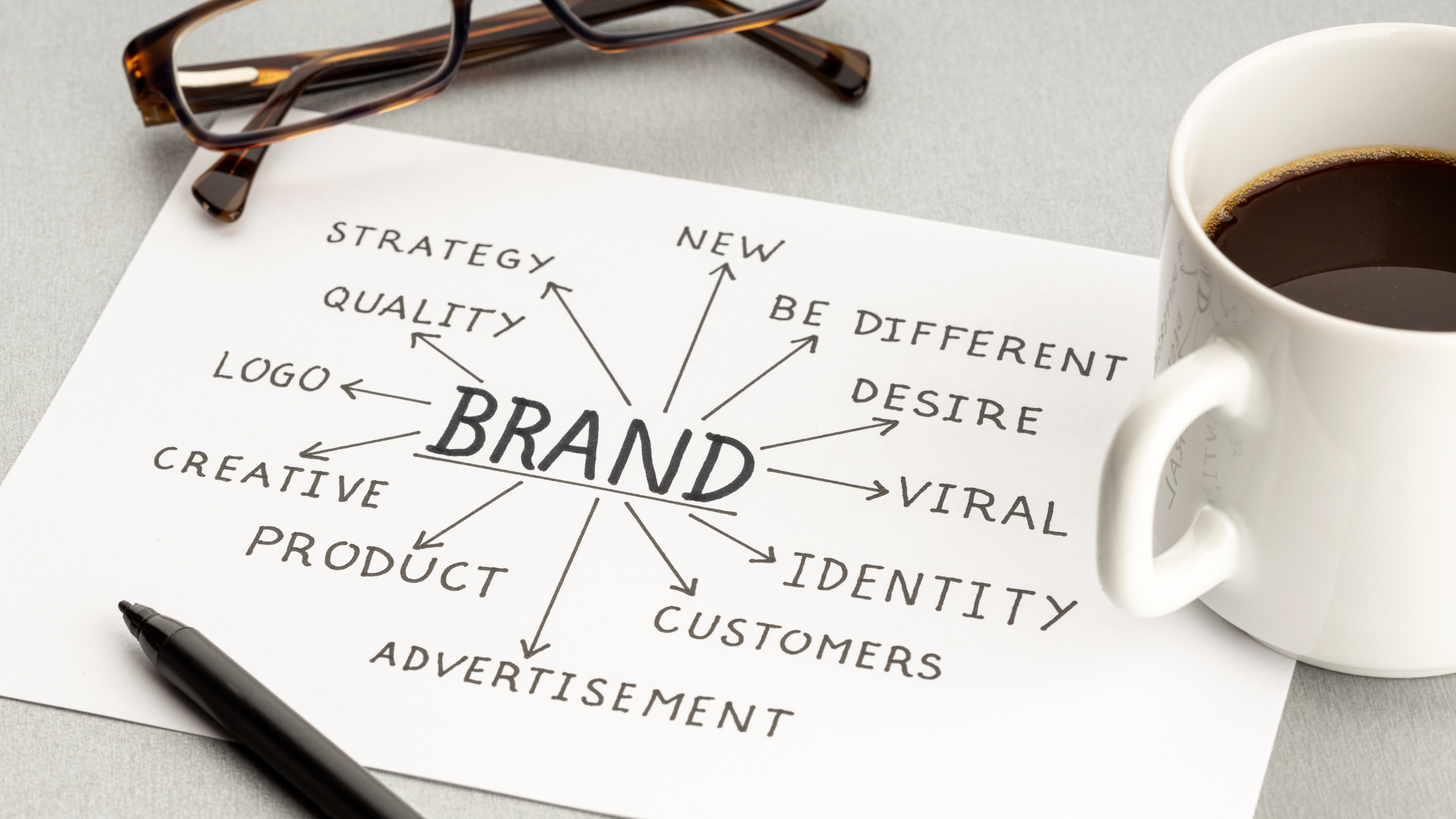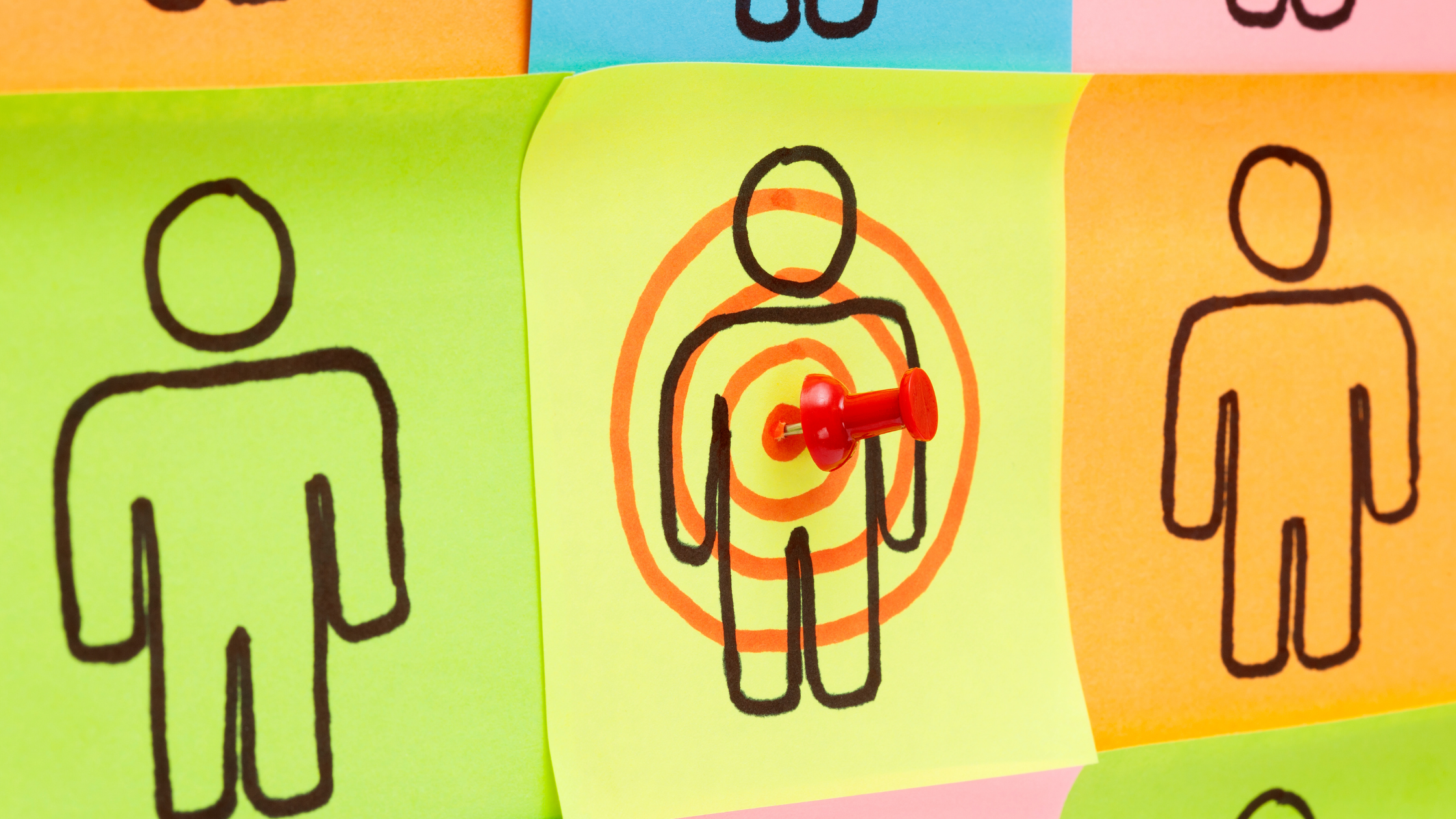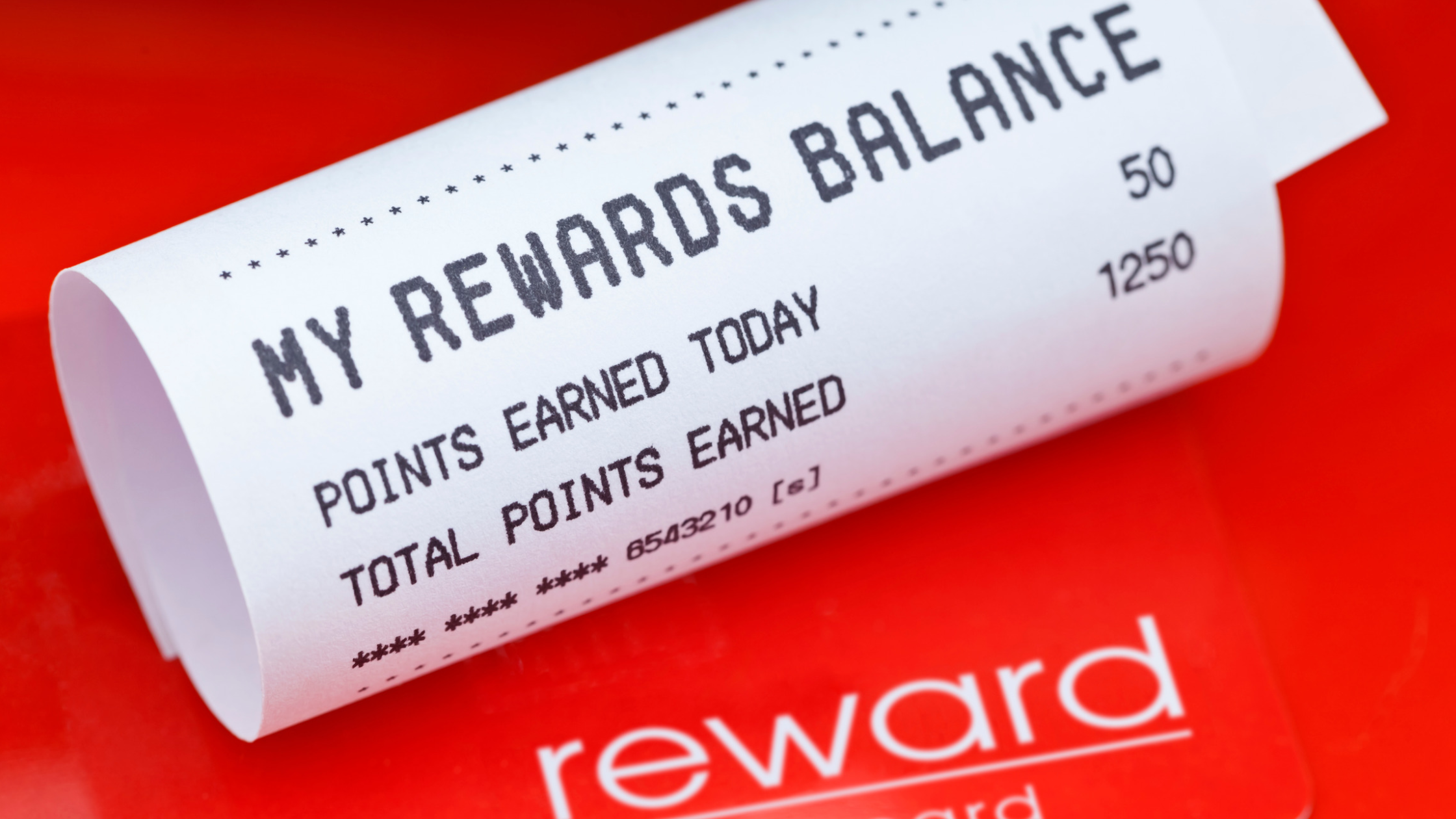1. Interactive Content
Getting a user to visit your website is the first step, but once they’re on your website the challenge becomes keeping them there. Interactive design features not only keep users on your website but also get them to interact with your content more. Good interactive website design entices users to consume more content and engage more with that content. Getting users to scroll, click, visit more pages, and ultimately complete conversion can be facilitated with interactive features such as:
- Animated Scrolling: In contrast with static designs, animated scrolling creates movement and appearance as users scroll. Scroll-triggered animations and videos and scrolling page transitions are popular types of animated scrolling.
- Carousels: Slideshows of images or graphics that users can click through are an easy way to get users to engage with your website content. Carousels are popular on homepages and image galleries, but they can be incorporated into many different pages throughout a website.
- Interactive Graphics: Graphics that allow you to interact with them are not only a great way to get users to engage but are also a great way to present lots of information in an organized manner that is not overwhelming.
2. Page Speed Priority
On the technical side of website design, fast page load times have always been a priority. But in 2022, with Google algorithm updates and user expectations, load speed is more important than ever. After a 2021 Google algorithm update, page load speed factors more heavily into SEO than ever before. Additionally, users have come to expect instant load times and a few extra seconds of loading can make or break.
According to Google, “The probability of bounce increases 32% as page load time goes from 1 second to 3 seconds.” There are plenty of free websites that allow you to test page load speeds and identify pages that have slow load speeds. Once you have identified these pages, there are a number of ways you can increase page load speed. Though some methods may require web development experience, there are others that are fairly easy to implement.
Use file compression software to reduce the size of larger CSS, HTML, and JavaScript files
Reduce the number of redirects on your website
Enable browser caching
Eliminate unnecessary plug-ins
Optimize individual web pages for faster loading time
Reduce image sizes, embed videos using a third-party platform (such as Youtube or Vimeo), minimize the number of different fonts used, and merge single images into a single image file (when possible)
3. Illustration
Illustrations create visually appealing, brand-specific pages. A variety of different graphic design and website illustration trends have become increasingly popular.
Collage Illustration: Collage illustrations create more fun and tactile feel than singular illustrations. This style tends to stand out more to website visitors and holds their attention longer.
Abstract Illustration: Abstract illustrations are unique, modern, and eye-catching. They also allow for more flexibility and freedom with branding. You can create visually appealing and on-brand abstract illustrations by tailoring them to your business’s colors, aesthetic, and voice.
Responsive web design is especially important when it comes to graphics. If a user cannot see the full graphic on their mobile device, the illustration is far less effective.
4. Sleek Minimalism
When you think minimalism in terms of web page design, don’t think less content, think clean design. A bold design that catches the eye but does not overwhelm or confuse the user is key. Clear, organized navigation, eye-catching illustration, and interactive content all lend themselves to this trend.
- Oversized Typography: Large, bold typography becomes more than just text, it becomes a graphical element of your site. Big and concise words or phrases can catch the eye and convey a convincing yet easy-to-digest (and hard to miss!) message.
- Colorful Minimalism: Keeping a tight and consistent color scheme throughout your entire website keeps things crisp, simple, and on-brand.
- Dark Mode and White Space: Combining colorful minimalism with dark mode or white space yields a variety of benefits. The dark mode gives your website an ultra-modern feel while also making your brand’s color pallet stand out on the page. White space improves readability and draws the viewer’s eyes to the central content on a page.
- Consistent Typeface: Pick one typeface that best matches your brand and existing website design to use throughout your entire website. This creates a clear sense of style and structure while still allowing you to switch it up with the color, size, and font.
Visual Data
Communicating data in an eye-catching and interesting way can be difficult, but extremely beneficial. Website visitors tend to scan pages rather than fully read them, pausing on content that stands out and catches their eye. Creating clear and visually appealing infographics not only catches viewers’ eyes but also helps them better digest and process the data you’re presenting.
Bar graphs, line graphs, pie charts, and more are all simple and engaging ways to convey important data. Make sure your data visualizations are easy to understand and not overwhelming. Your infographics should be branded to match the design and color scheme of your website.
WJ Media Group
For more information about the best website design trends, keep up with our blog posts here. For website design services click the link here or contact us here.


